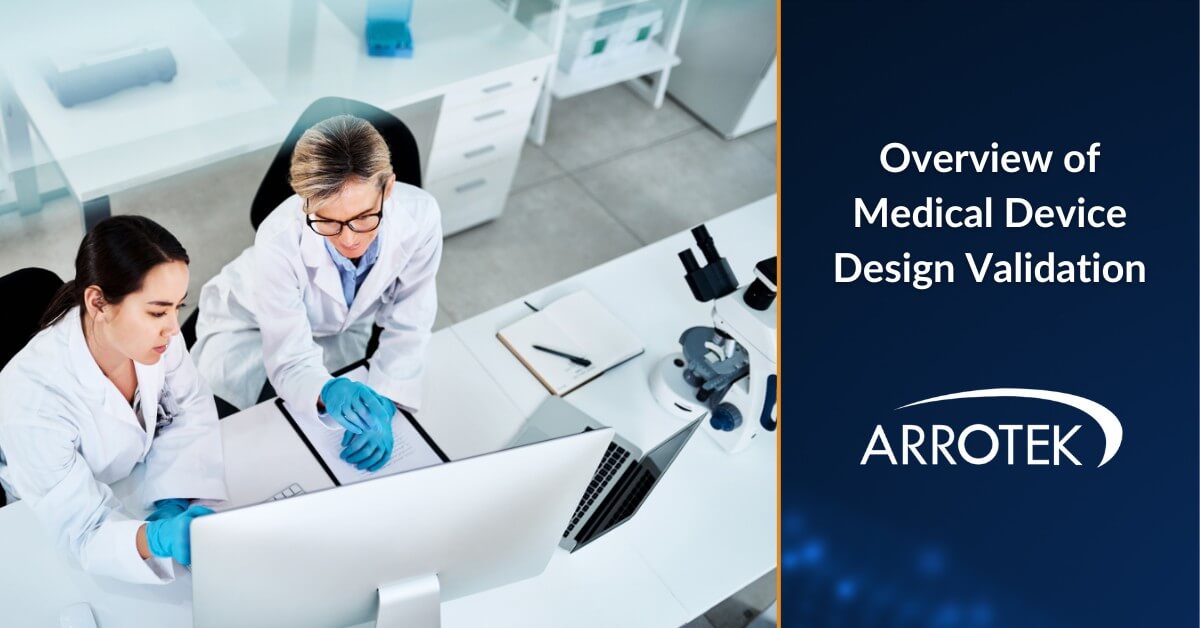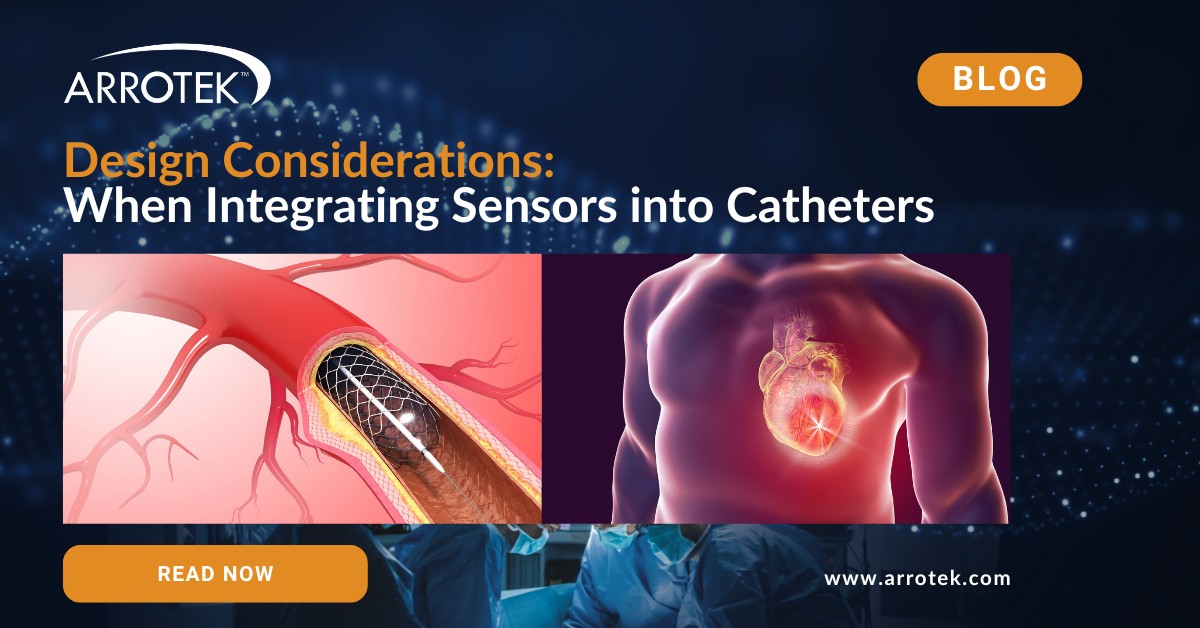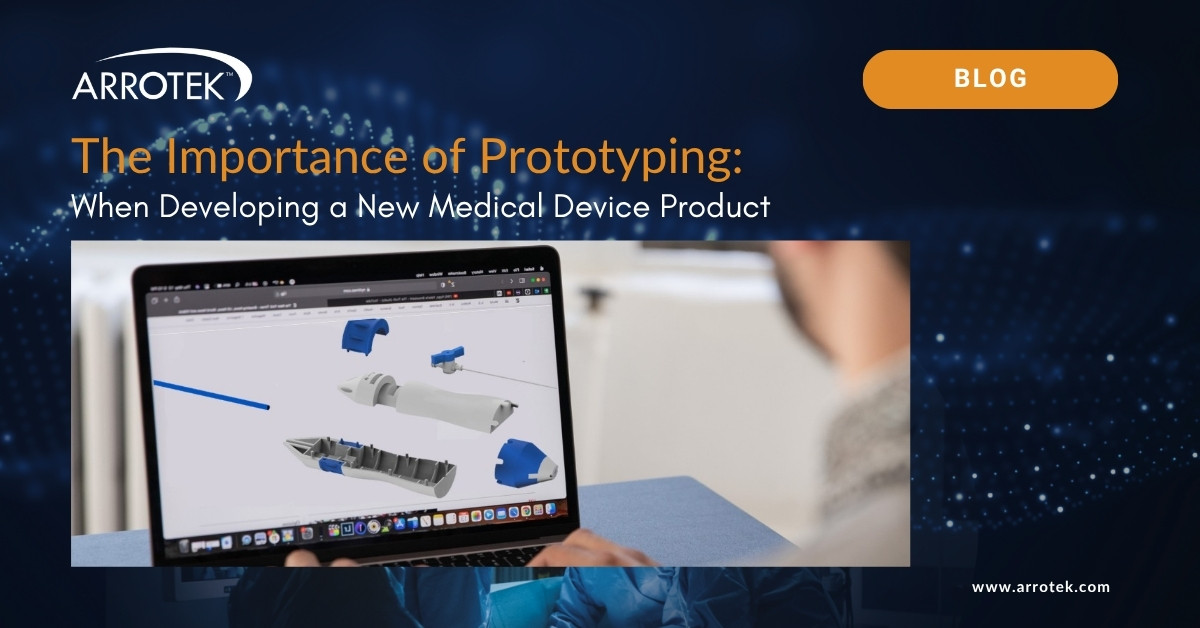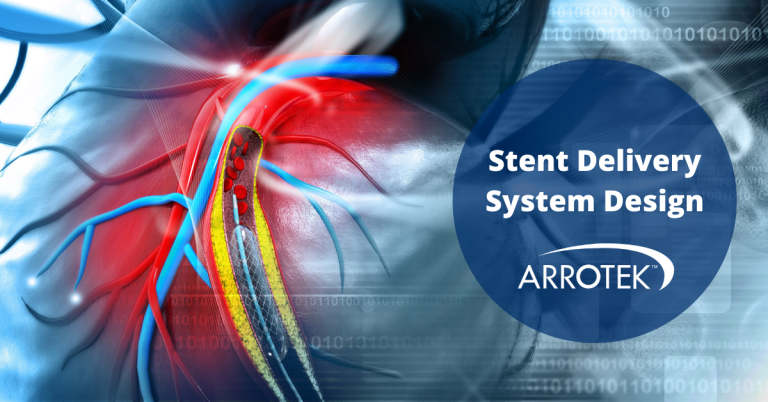Medical device design validation is an essential part of the product development process. Effective and efficient design validation can help ensure the smooth running of your project. It is also essential for patient and user safety, and it is a key requirement to get regulatory approval for your new medical device product.
There is sometimes confusion about what is involved in the design validation process and its objectives. Design validation can also be mixed up with design verification which is a related but different process. The following explanation will give an overview.
What is Design Validation?
Design validation is a process that confirms you have designed the right product.
It starts with defining user needs and the intended uses of the device. As part of the development process, the product will then go through various design stages to produce a design output. This design output (which occurs late in the development process) is then validated to ensure it meets the user needs and intended uses defined earlier, i.e., have you designed the right product?
Examples of user needs could be the ability to use the device with one hand or, in the case of a stent delivery system, to ensure the stent is not damaged during delivery and withdrawal. The design validation process aims to confirm the newly designed device meets the defined user needs, such as the above two examples.
So, in the first example, if the device that has been designed can’t effectively be used with one hand, you have not designed the right product. Similarly in the second example, if there is a reasonable risk the stent will be damaged during the delivery stages of the procedure, user needs are not met, so the wrong product has been designed.
Design validation takes place towards the end of the development process with a small batch of manufactured products.

Overview of the Design Validation Process
The product must be manufactured in its complete form for the design to be properly validated. This includes all components with the product fully assembled. All packaging, user instructions, and labelling must also be manufactured.
Inspections of the product as well as critical analysis are part of the design validation process, but testing is also required. Clinical trials can be used to test the product and validate the design, although other methods are possible in some circumstances. Those other methods include mathematical modelling and comparing the product with another commercially available medical device.
The product being used for comparison must have a similar purpose and it must be regulatory approved in the market you are targeting. For example, if you want to obtain regulatory approval in the US, the product being used for comparison must be FDA-approved and similar to the product you have designed.
Examples of the questions the design validation process aims to answer include:
- Does the product meet user needs, and does it work for the user as intended?
- Does the product work in the intended usage environments?
- Is the device safe?
- Is the device easy and intuitive to use for the intended user?
- Are the packaging, labelling, and usage instructions effective?
Design Validation Best Practices
- Get input from intended users of the product as early as possible.
- Start planning for design validation early in the product development process.
- Don’t rush the process. Design validation will be smoother if the user needs and intended uses for the product are clearly defined and the validation steps are well thought through.
- Fully manufactured products must be used to complete the designed validation process. The products should be manufactured by production teams using the design outputs, i.e., specifications and drawings.
- The product should be tested and assessed in conditions that are similar to real-world intended use conditions.
Bringing Your Product to Market
The design validation stage of the product development process is an exciting and crucial time, as it means the product is getting close to obtaining regulatory approval for commercialisation. Therefore, emphasis must be put on design validation from the start of the project to prevent delays and ensure the validation effort is effective, efficient, and well-documented.





